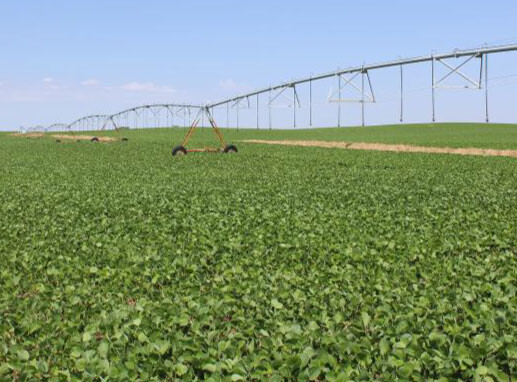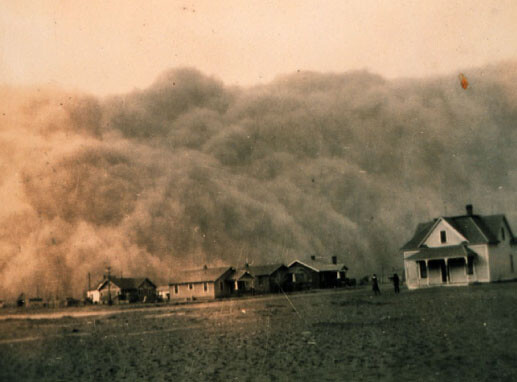The Kansas Association of Conservation Districts (KACD) is a voluntary, nongovernmental, nonprofit, incorporated organization that was established in 1944, two years before the National Association of Conservation Districts was formed. Its members are the conservation districts located in the state’s 105 counties.
The KACD Board of Directors is composed of five elected members, each of whom represents one of five geographical areas of the state.
 KACD's Mission
KACD's Mission
"Providing local leadership to protect and improve Kansas Natural Resources through collaboration, education and implementation"
Throughout its history, KACD has helped forge key partnerships among federal, state, and local entities all committed to a common goal: wise and efficient conservation practices to protect the state’s natural resources.
These partnerships spanning more than six decades have been highly effective and mutually beneficial, allowing for shared space, equipment, and knowledge.
 History of Conservation Districts
History of Conservation Districts
On April 14, 1935, an estimated 300 million tons of soil blew from the land.
That day, known as Black Sunday, people of the Great Plains suffered the devastating effects of a massive drought. It was one of the darkest periods in Kansas history.
But just as every cloud has a silver lining, out of those dust clouds came a firm commitment to soil conservation. Congress enacted the Soil Conservation Act of 1935 and President Roosevelt sent all states the State Soil Conservation District Law to encourage their participation. The Kansas Legislature passed a bill that created conservation districts in Kansas, which was signed into law by Governor Walter Huxman on March 25, 1937.
With that action, Kansas began a commitment to conservation that has lasted more than seven decades. The first Conservation District was formed in Labette County in 1938 and the last, Shawnee County, in 1954. Across the state, 105 Conservation Districts (one in every county) provide local leadership by helping local people address local natural resource needs.
Working with Local Conservation Districts
KACD supports conservation districts in their work with government agencies, partner organizations, businesses, and landonwers to implement best management practices, to utilize innovative equipment and materials, to provide technical assistance, and to develop expertise to address natural resource concerns which benefit both the agricultural community and society as a whole. Those areas of concern include:
- agricultural and urban erosion and sediment control
- water quality
- water quantity
- range and pasture management
- wildlife habitat
- other natural resource management issues
KACD, through the work of its leadership, professional staff, partners and members, provides support to conservation districts in the areas of:
- technical capacity development
- leadership training for board and staff
- government relations
- strategic planning
- governance
- conservation funding
- legislation and information sharing.
KACD’s many initiatives allow conservation districts to use their collective strengths to accomplish what cannot be done individually.



